What is a brand book and why is it needed?

A brand book is an important element in forming a strong brand image. It is used for marketing campaigns as well communication, creation of products and services.
To understand what this tool is, we will look at the best examples of brand books from companies. In addition, we will share tips that will help you create your own effective brand book.
What is a brand book?
Brandbook is a set of recommendations on the company’s visual style with examples and illustrations. It contains successful and unsuccessful ones design options and placement of the logo; fonts, colors and patterns for design; examples of graphics for various purposes, for example, creating websites, business cards and souvenirs.
Why do you need a brand book?
Brandbook systematizes information about the company, which allows employees and other interested persons to quickly find it need information about her. Thanks to the brand book, each team member has an idea of the main mission, standards and values companies This information is also communicated to mass media, freelancers and outsourcing agencies during cooperation on projects. This approach helps to create a dynamic corporate culture.
Advantages of creating a brand book
Creating clear visual style guidelines helps make your brand more recognizable. They are a key tool which ensures consistency in company communication. Brands can evolve and change over time and without them, but some changes can damage the company’s reputation.
The brand book contains all the information about your brand identity that allows you to create powerful marketing campaigns, exit to new markets and develop in different directions. Employees can refer to it whenever they need reinforcement brand image when preparing new projects.

Thanks to brand books, customers can learn more about the chosen brand. This gives the company the opportunity to establish more with them relationships of trust and personalize their experience. Thus, the chances that customers will choose this particular brand again increase.
The main elements of the brandbook
- Logo and logobook;
- Basic color palette;
- Typography;
- Visual range;
- Brand voice (Tone of voice), which determines the style of communication with the target audience.
Tips for creating an effective brand book
- Study your target audience and target them.
- The simpler and clearer your brand book is, the better.
- Use the corporate style in the design of the brandbook.
- Remember that the brand book should help others in solving tasks.
- Involve your employees in creating a brand book.
10 great examples of brand books for inspiration
NASA
NASA graphic standards are a great example of a successful brand book. There are several in the 220 pages of this detailed manual options for placement, use of colors and additional design of the NASA logo.
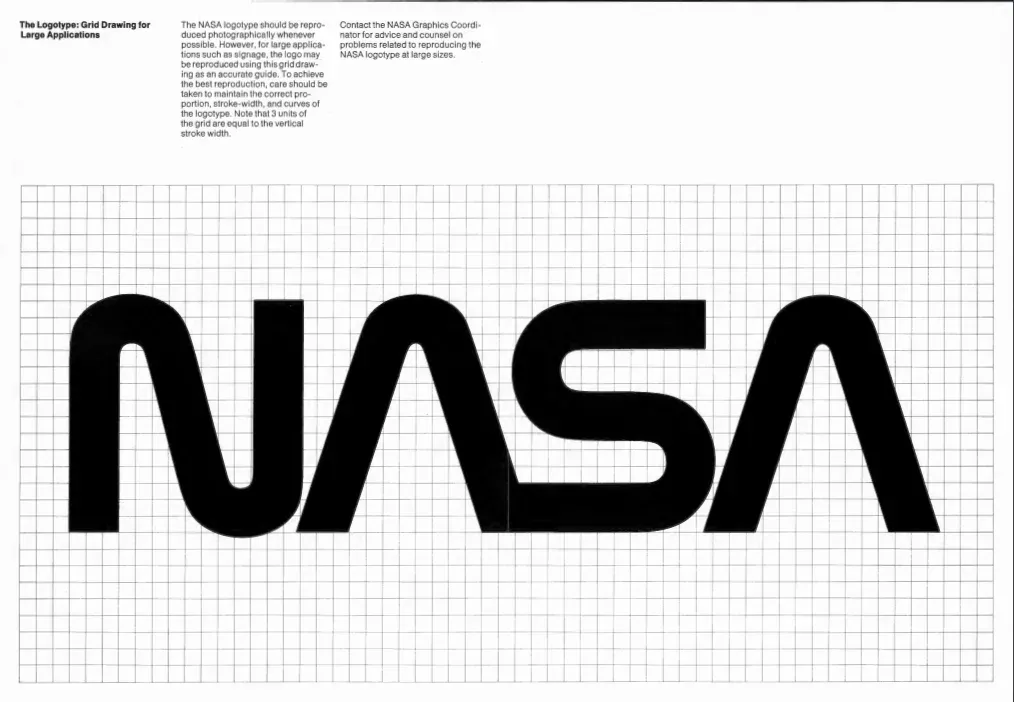
Netflix
Netflix has a fairly simple logo and a separate set of rules governing its placement. As seen in the images below, the company regulates the use of the signature red color for its logo and its central location, wherever it is was used.
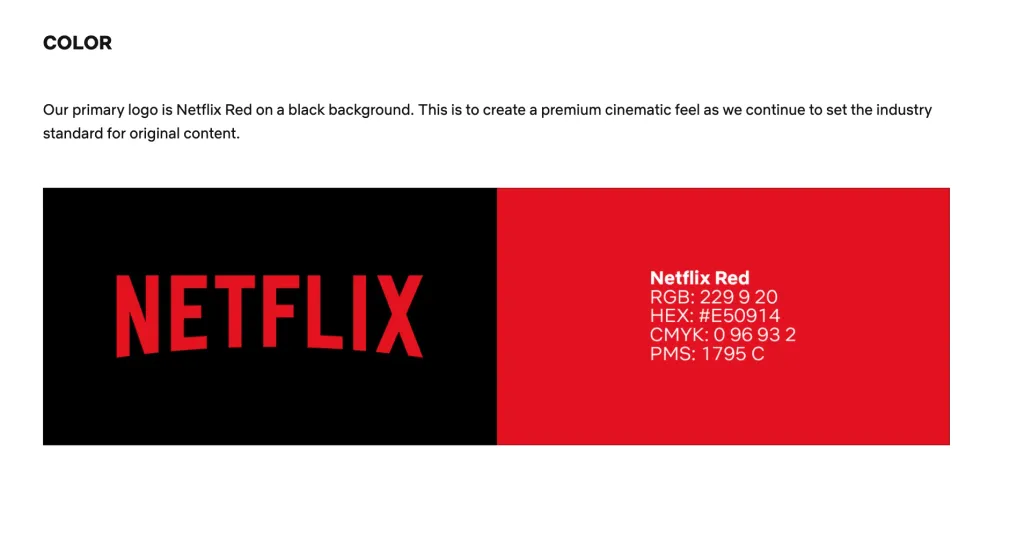
Cisco
Cisco’s corporate ideology, strategy and mission are presented in the interactive online brand book of Cisco. Also available in it CiscoSans signature font. Want to learn more about the company’s color palette? Cisco has a separate page dedicated to this topic.
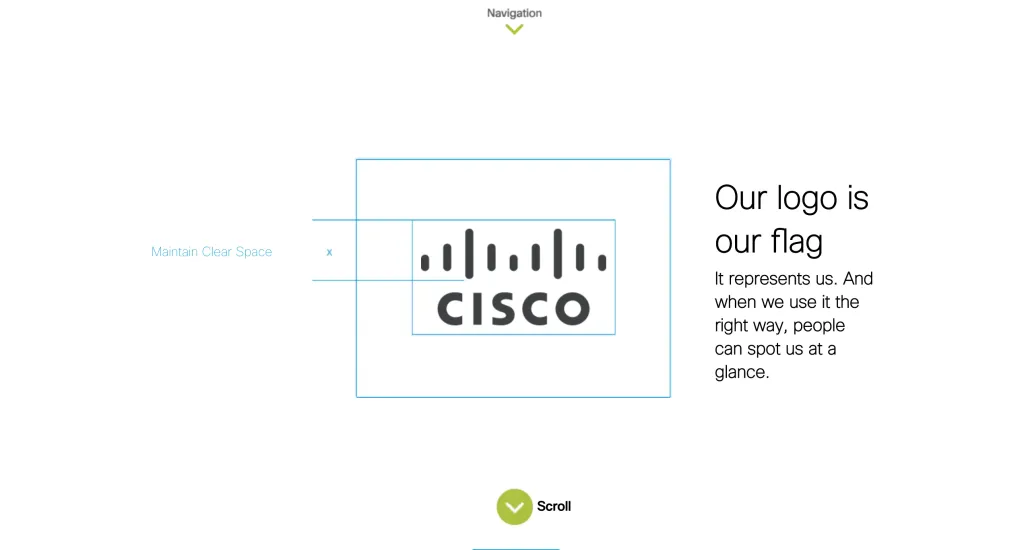
Coca-Cola
Coca-Cola’s bright, dispersive font is one of the characteristic features of the company’s brand book. Red and white are the main colors logo accents. The company controls its use and has clear rules about placement and size.
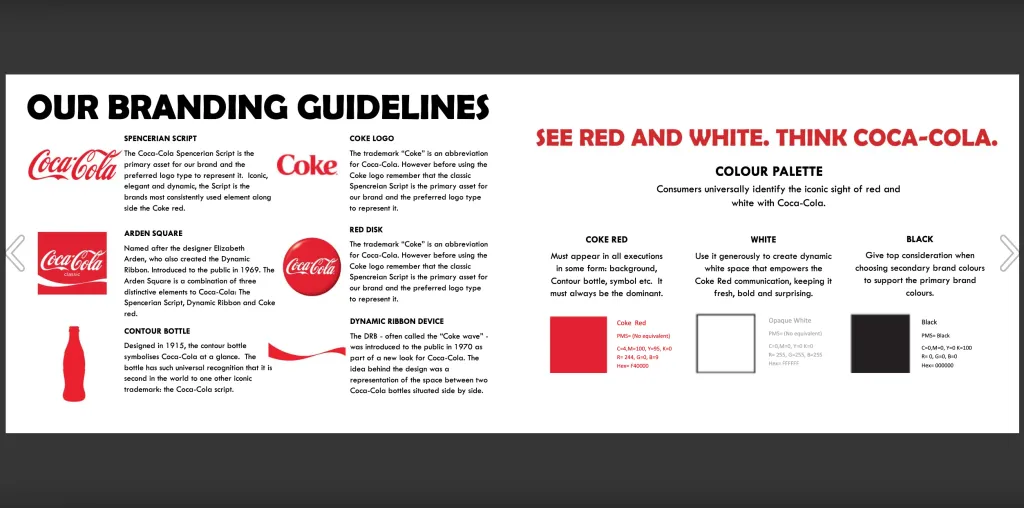
Jamie Oliver Ltd
Jamie Oliver’s company has a comprehensive branding guide that describes the placement of the logo on kitchenware. You can also find a large palette of colors in it, and each color is sorted by the products with which it should be used use.
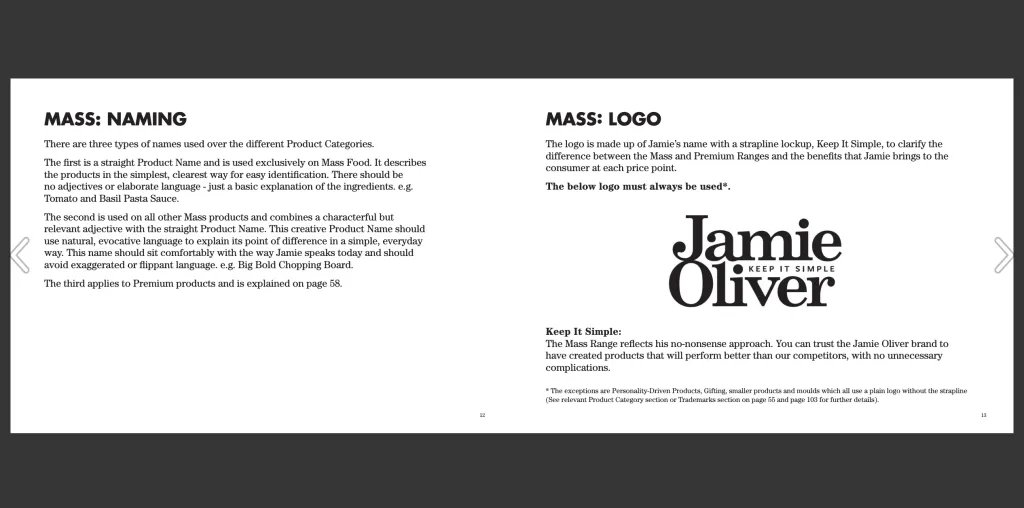
Urban Outfitters
The Urban Outfitters guide stands out not only for its bright colors and interesting tone of voice. This is an open appeal of the company to your target audience. The brand book clearly outlines the type of customers that Urban Outfitters is looking for.
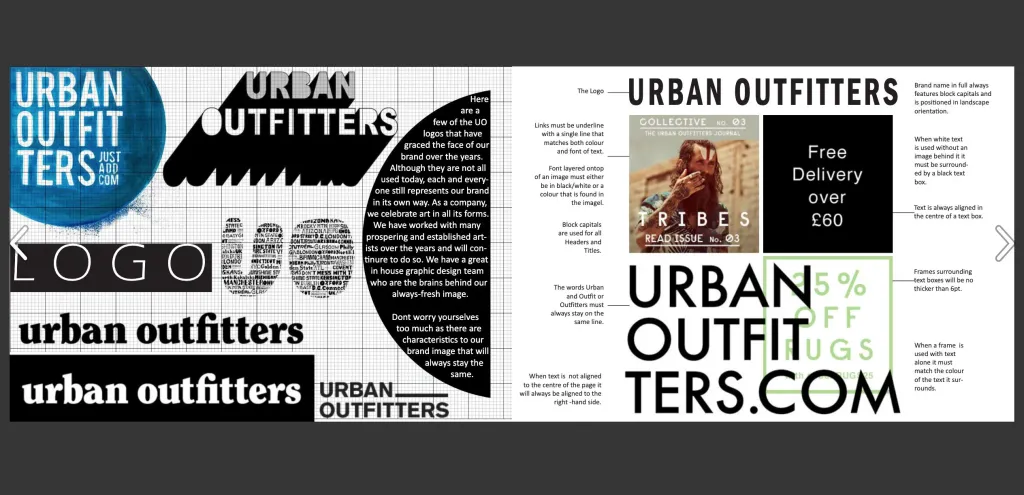
On completion
Brandbooks play an important role in brand recognition and establishing relationships with customers. They give the audience an idea about your business and help you stand out from the many other companies in your niche.
Also, a brand book will be very useful for your employees, especially those who work with a visual style, for example designers and marketing teams. They can refer to the guide every time they need to create a new design in the corporate style companies.
The brand book should be shared with everyone who may need it: clients, customers, employees, partners. By giving them a complete guide to your identity, you can be sure you’re on the same page with your team and customers.
